Keeping you informed
Newsletter January 2022
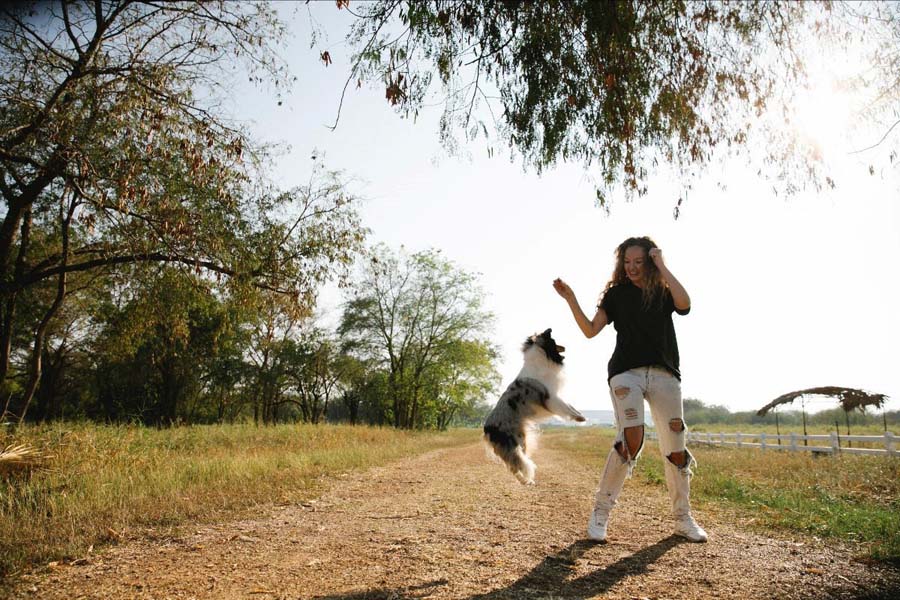
Happy New Year
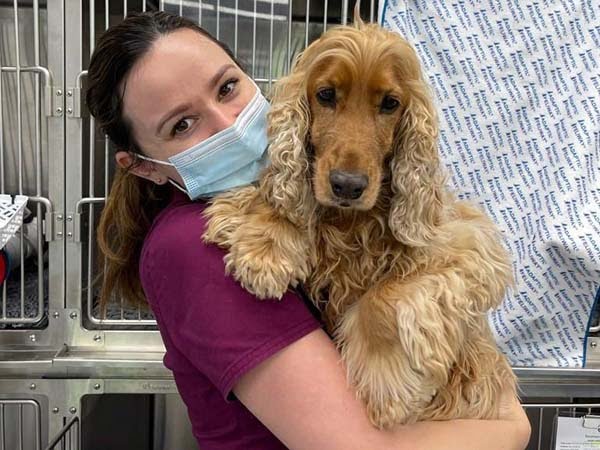
This year we are celebrating the Lunar New Year of the Tiger on February 1st.
Turramurra Veterinary Hospital has donated $500 to World-Wide Fund for Nature for Tiger Conservation, as we did 12 years ago in the last Year of the Tiger at www.wwf.org.au.

Qualities associated with being born in the Year of the Tiger include being self-confident, competitive, brave and having great will-power. Celebrities born in the Year of the Tiger include Marilyn Munroe, Leonardo DiCaprio, Queen Elizabeth II, Lady Gaga and Ludwig Van Beethoven.
With the Omicron variant currently in high numbers in our community, our practice team members are conducting daily Rapid Antigen Tests prior to each shift to reduce the chance of an infected person attending our workplace. Clients are not currently permitted indoors, but your pets are very welcome, so after your pet is handed over to our animal-loving team, our vets are doing contactless veterinary consultations on the phone to remain in contact with you during your pet’s visit. These measures help reduce the chance of transmission in our workplace and ensure we can remain open and adequately staffed during these challenging times.
The easiest way to book a veterinary consultation is to Book Online via our website at www.turramurravet.com.au or click here. Our vets are also happy to conduct a telehealth consultation where suitable, to allow extra flexibility for clients, particularly if you are isolating at home.
In our next newsletter, we will be adding an Ask the Vet section so email your newsletter questions through to info@turramurravet.com.au and get those pet questions answered! Be sure to include your pet’s name! There is a prize for the best question.
How Hot is Too Hot?
Author: Dr. Gretta Howard – Senior Veterinarian
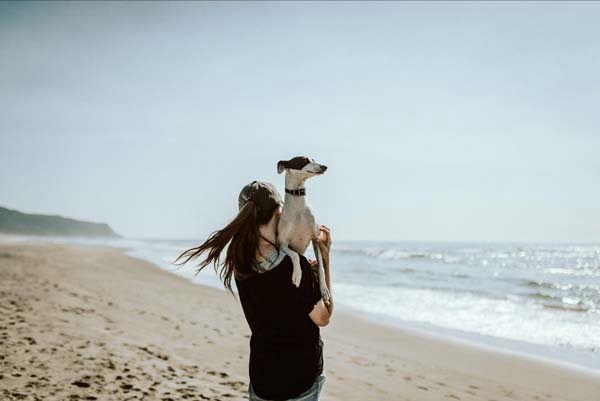
The dangers of heat stress in your pet
Pets are at a higher risk of heat stress compared with people due to their fur coat, higher core body temperature compared with humans and the way they use their bodies to cool down.
What is heat stress?
Heat stress, also known as heat stroke or heat exhaustion, is where the body overheats to a dangerous level, and this can be life-threatening.
During summer, the risk for dogs overheating during exercise or being left in cars is much higher, due to the high outside temperature, which interferes with their body’s ability to keep cool.
A normal dog’s temperature is usually between 38 – 39°C and they have a fur coat on all year round. If the dog’s temperature reaches 41°C or higher, then a true emergency exists. Once their body temperature gets to 43°C, critical organ failure can occur.
One of the main ways a dog cools down is through panting, which produces a higher air flow over the moist surfaces in the upper airways, resulting in evaporative cooling.
Click on the link to get the Top 10 Tips to Keep Pets Cool in Summer.
Does Your Dog Think They are more Kangaroo than Dog?
Author: Katie Bedrossian – Pet Behaviour Consultant
While dogs jumping up on people to greet is something we don’t desire, it is very natural for dogs to greet in this way.
Despite it being a natural greeting behaviour, there is a lot we can do to teach them to keep all four paws on the floor instead of jumping up.
- Management. Prevent the jumping up in the first place. The more your dog is allowed to practise an unwanted behaviour (such as jumping up), the more the undesired behaviour is reinforced, which in turn leads to them continuing with it. Management can be using leads to manage distance with expected visitors rather than your dog being free to get to the front door each time a visitor arrives.
- Reward all 4 paws on the floor before your dog jumps up. A stand or a sit could be rewarded. Having a container of treats by the front door can help.
- Sit. Encourage your dog to sit everytime you give your dog something of value, particularly any physical attention.
Click to read on more advice on reducing your pet dog from jumping.
Pet Of The Month: Roxy Morley
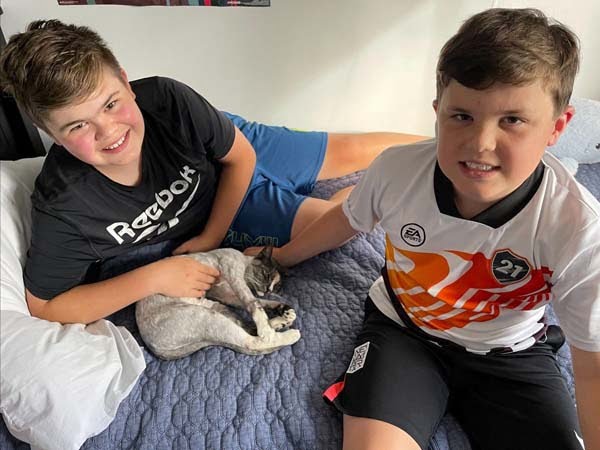
Roxy went missing on September 3rd, 2020, from their home in Wahroonga. Her collar was located close by about 6 months later, but despite many months of calling out her name in the early hours of the morning and late evening, their beloved cat Roxy remained nowhere to be found.
Over 12 months later, on Boxing Day, 2021, Vicki Morley received the call she had long been waiting for – her beloved cat Roxy had been found! But this joy was tempered by the fact Roxy had been found with a tick and was in a serious condition at Northside Emergency Veterinary Services (NEVS). To complicate things further, Vicki and her husband Andrew, were interstate in Tasmania at the time! Luckily, Roxy is a fighter, and after a few nights in intensive care, then with some well-earned ‘TLC’ at Turramurra Vet, Roxy was able to return home, delighted to be back where she could continue to be loved and doted on.
“Roxy has slipped back into the family so easily, which has surprised us after being away for 15 months. She was quite timid on her first day back but is now even more cuddly than she was before she went missing!” says Vicki, relieved to have her back with her loving family.
Roxy is pictured above with Vicki’s sons Ollie and Josh during Roxy’s first few days back at home.
Staff Profile: Jocelyn Ong – Veterinary Nurse Trainee
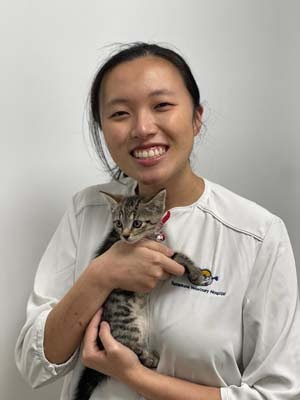
1) What first inspired you to train in the field of veterinary nursing?
Since I was a kid, I always wanted to work with animals when I grew up – being a zookeeper was my dream! Definitely David Attenborough documentaries made a huge impact in my childhood. During school and university, I realised I wanted to do more through veterinary work to help animals.
2) What areas of veterinary nursing do you most enjoy?
I really enjoy the practical aspect of helping pets feel happier and healthier, but also seeing their owners have peace of mind that their pets are safe makes it all worth it! I can’t wait to learn even more in the world of veterinary science and become better at caring for animals.
3) What previous study have you undertaken and how has this helped you in your current role?
I completed my Bachelor of Medical Science in 2020, and as I started to delve into veterinary nursing studies after initially spending 12 months in a Customer Care role at the vet. It is quite surprising how similar the way our body works is to dogs and cats! Even some of the medications given to animals work in a similar way to the drugs used in humans. Having a solid foundation in body systems definitely helps me understand how things work in animals more easily than if I had to start from scratch.
Click on the link to read the full article: https://www.turramurravet.com.au/vet-articles/profile-jocelyn-vet-nurse/
Feline Friends: Can Stress Affect Your Cat’s Bladder Health?
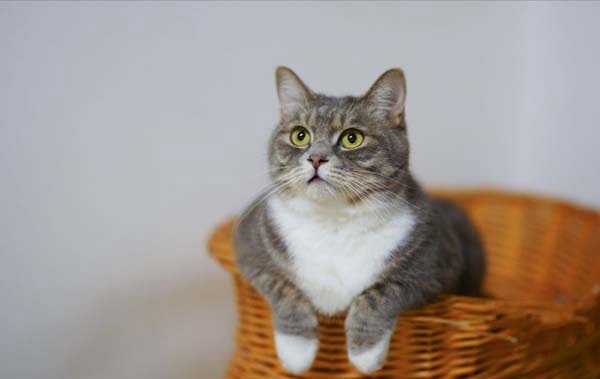
Can stress affect your cat’s bladder health?
Cats commonly develop Feline Lower Urinary Tract Disease (FLUTD) after a stressful event, such as moving house, a new baby or construction work in the household. The reason behind this mechanism is unknown but it’s almost as though some of their brain is carried inside their bladders (well not really)!
Clinical signs of FLUTD include:
- Straining to urinate but only producing a few drops or nothing at all
- Pink-coloured urine (due to the presence of blood)
- Urinating in unusual places such as shower recess, bathroom or next to the litter tray
Cats can also develop FLUTD without having a known stressful event prior to signs as there are other causes, including urinary tract infection, bladder stones or crystals blocking the normal flow of urine.
It’s important to have your cat examined by a vet because occasionally cats can develop a blocked urethra and are unable to urinate at all, leading to life-threatening consequences if not treated promptly. This is a much higher risk in male cats due to their narrow urethra compared with female cats.
Click on the link to read the full article: https://www.turramurravet.com.au/vet-articles/stress-affect-cat-bladder-health/
Innovations: Fluorescein Dye Eye Test- A simple but important test for a sore eye
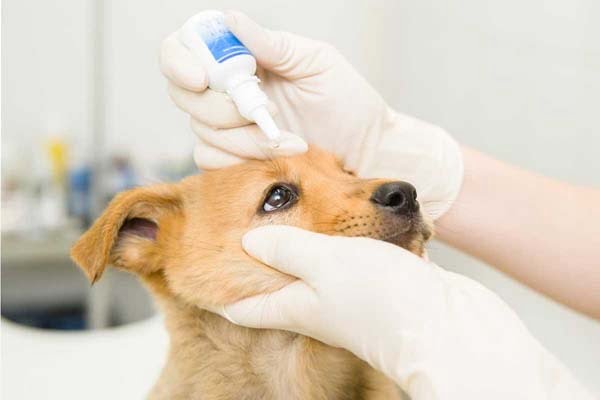
What is a fluorescein dye eye test?
If a pet comes to the vet with a red, sore or leaky eye (discharge) then it is important to see if there is any damage to the eye’s surface (the cornea). To do this, fluorescein dye is placed into your pet’s eye(s) and then an ultraviolet light is shone over the surface of the eye. If the cornea is damaged, known as a corneal ulcer, the fluorescein will shine bright green under the UV light.
Corneal ulcers require a prompt diagnosis to ensure the correct treatment is prescribed, or your pet could risk losing the eye, particularly if there is a deep corneal ulcer with a secondary infection.
Causes of corneal ulcers include:
- External trauma e.g. running into a shrub or getting poked in the eye by a cat’s claw
- Caustic substance sprayed onto the eye e.g. stink bug venom
- Foreign body in the eye e.g. behind the third eyelid
- Self-trauma e.g. excessive rubbing or scratching due to an itchy eye
- Herpesvirus in cats (cat flu) can cause herpetic ulcers of the cornea often requiring anti-viral therapy
So, for any pet that suddenly develops a red, sore eye, it’s important to book in to see one of our vets urgently.
We really appreciate your patience and co-operation during this period. Please send your feedback to our business manager, Elyse Staber, via email to manager@turramurravet.com.au as we always strive to improve our service. Stay safe.
Warm regards, your locally family-owned Turramurra Veterinary Hospital team.

